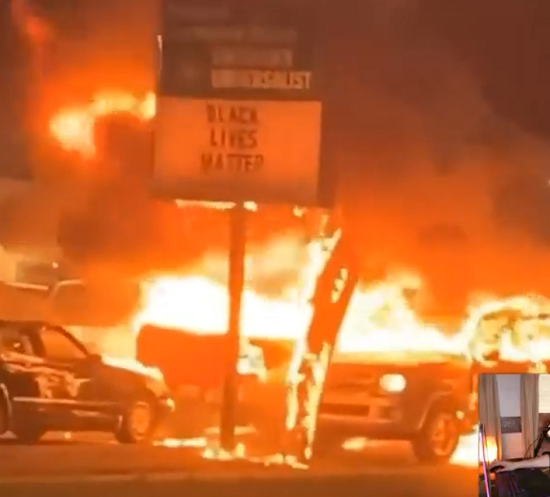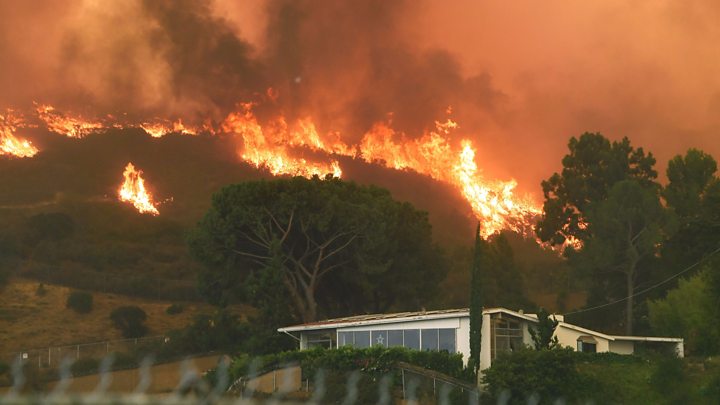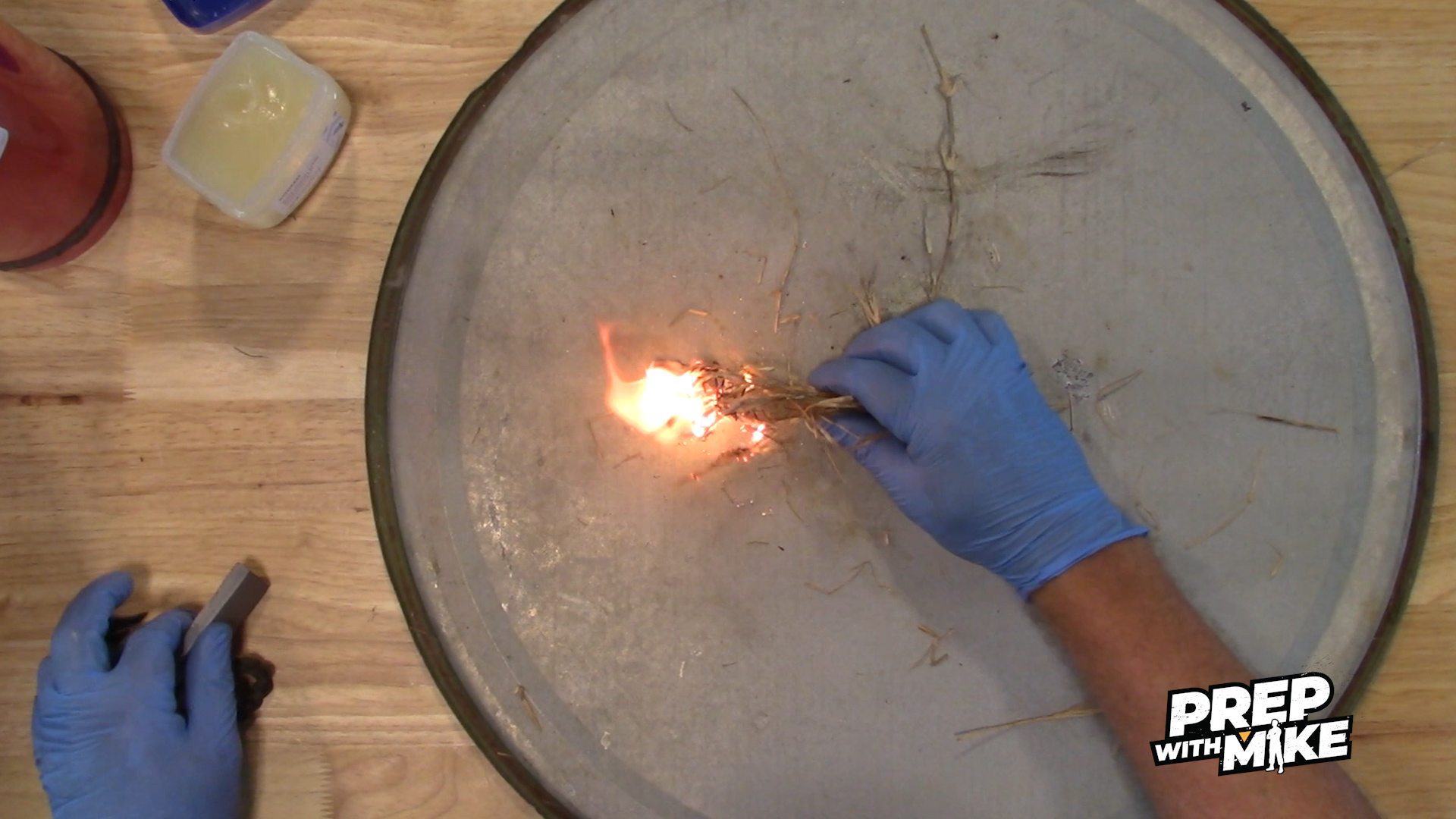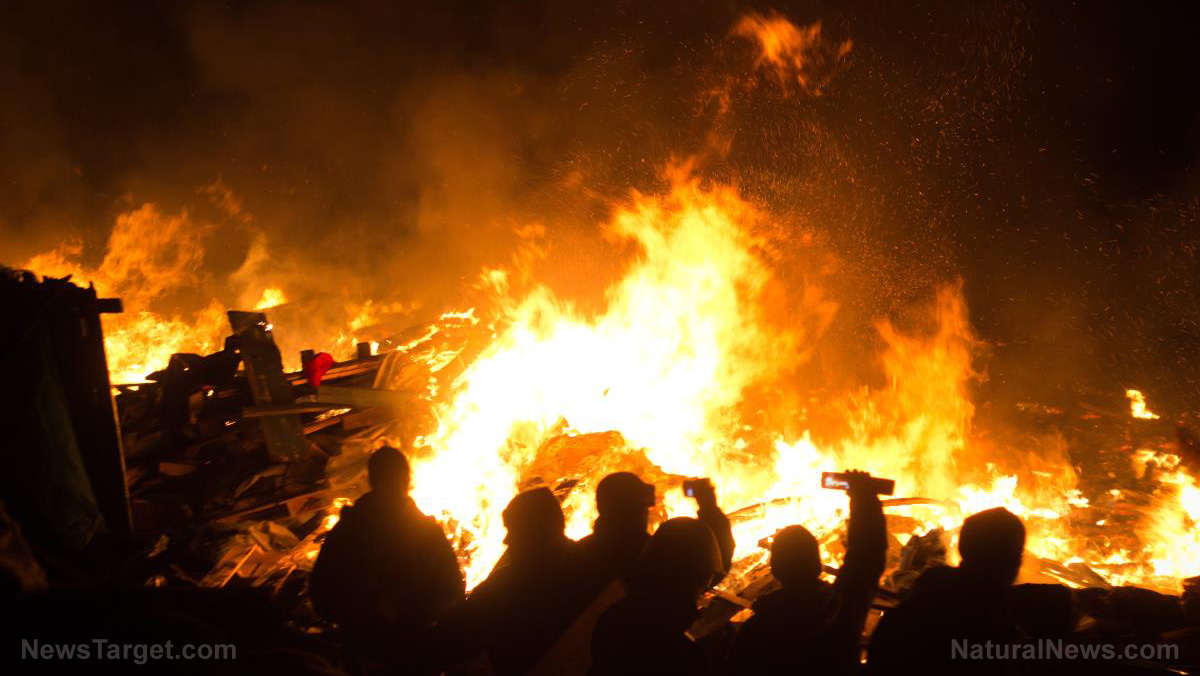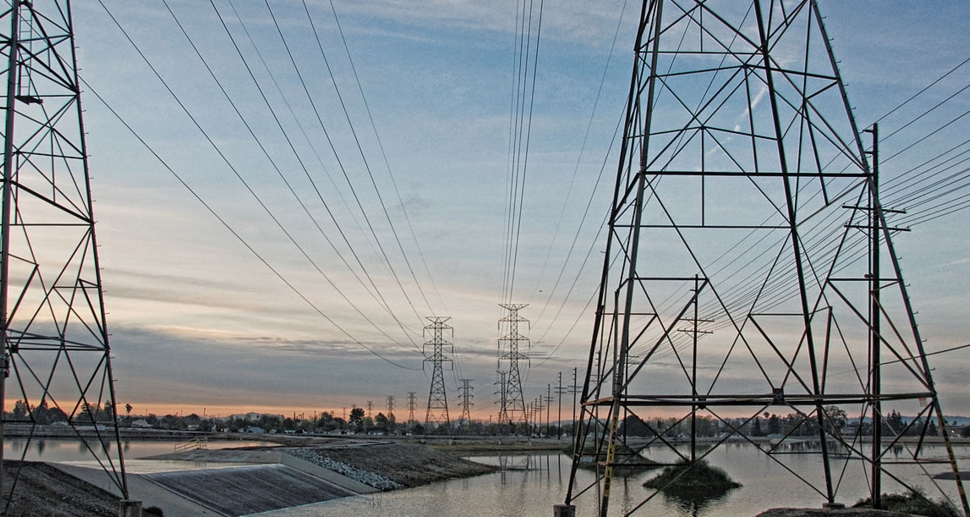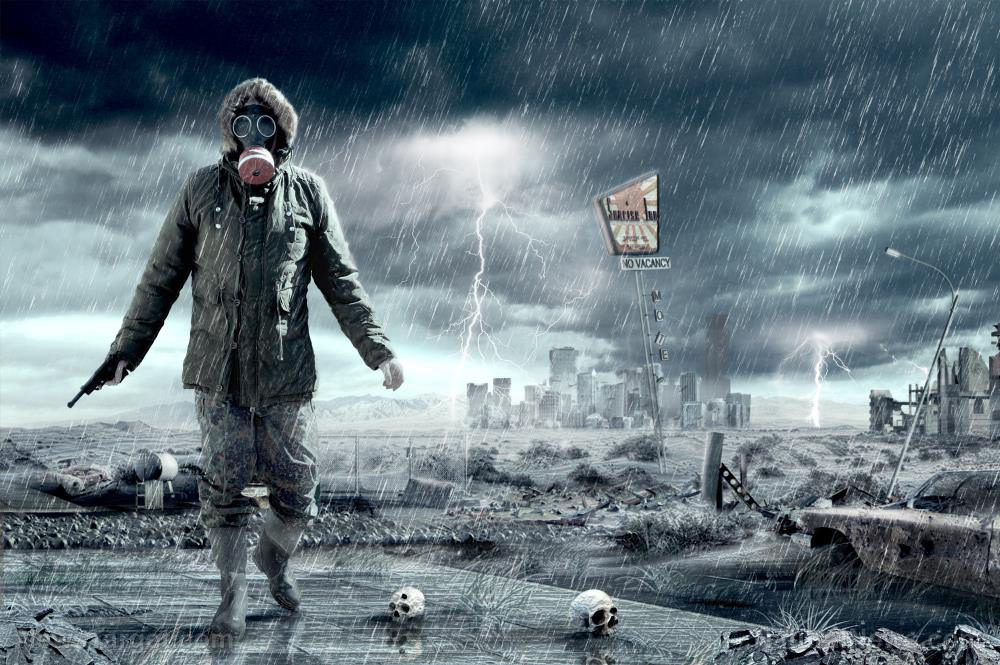4 Survival tips for urban preppers
09/15/2020 / By Arsenio Toledo

If a disaster strikes while you’re living in the city, surviving can be tricky given the unique challenges that come with bugging in in an urban environment. Some of these challenges include being dependent on the city for your basic utilities like electricity, heat and water, having very limited living and storage spaces and the extremely high population density making it even more difficult to gather the resources you need.
Fortunately, you can be an effective survival prepper even while living in an urban environment. Here are four ways that you can do that. (h/t to BackdoorSurvival.com)
Have a plan
This should go without saying, but when SHTF, you need to have a plan. Your plan needs to answer these five key questions:
- Are you staying or going?
- If you are going, where to?
- How do you get there?
- Who are you going to inform of your plan to bug out?
- How long will you be hunkering down for?
You must also be prepared for your plan to change at a moment’s notice. Your plan has to work for every situation that you can imagine yourself in. If it doesn’t, you need to update your preps. (Related: Surviving urban hell: A prepper’s essential guide to finding your way in a grid-down city.)
Be ready when the power goes out
During an urban disaster, all of your utilities are at risk of disappearing. This means that, if you decide to stay or are unable to leave, you will have to figure out how to prep without heat, water and electricity. While there are some advantages, such as the lack of wild animals that can raid your food stores, the disadvantages can make you lose your upper hand if you don’t plan for them.
You will have to figure out ways to store water, to keep yourself insulated and ways to make and cook your food without electricity. Living in an urban environment, getting firewood isn’t exactly an option for you, and starting a fire without any care for the dangers can be a good way to burn your whole building down.
Learn to prep with the space you have
If you’re living in an urban environment, you probably don’t have a lot of living and storage space. This means that you will have to be a lot more efficient in how you use your space, especially since you need to store at least three days’ worth of food and water in your home, preferably more. This also means that the kinds of foods you store need to be well thought out. Not only do they have to be healthy, they also have to be space efficient. Protein bars, for example, are small but can give you a lot of calories without provoking your thirst, which can help you save on both space and water.
When you inevitably run out of food in your kitchen, it’s time for you to get creative. Every single nook and cranny in your home needs to be used, such as the space underneath your bed or the bottom of your closet. If you need more space, consider taking out some of your furniture or other unwanted items to make room.
Prepare your bug-out bag
Finally, your preps also need to take into consideration the possibility that staying in your urban environment is not feasible. This can be because you were at work when disaster struck or it could be because you’re out of resources and there aren’t any places left for you to scavenge for food and water. Either way, your bug-out bag needs to be prepared at all times.
Prepare a bug-out bag in your home filled with everything you will need and more, but also keep a “day bag” with you, preferably in your car or in your personal storage space in your office. This smaller emergency bag must have, at the very least, a first-aid kit, emergency rations and water.
Many of the usual prepper tips can be adjusted to work well in urban environments. As long as you follow the advice listed above, you should be prepared.
Sources include:
Tagged Under: bug in, bug out, bugout bag, disaster, Food storage, preparedness, prepper, prepping, SHTF, survival, tips, urban prepping
Get independent news alerts on natural cures, food lab tests, cannabis medicine, science, robotics, drones, privacy and more from NewsTarget.com
Get independent news alerts on natural cures, food lab tests, cannabis medicine, science, robotics, drones, privacy and more from NewsTarget.com
RECENT NEWS & ARTICLES
COPYRIGHT © 2017 · SURVIVAL NEWS






